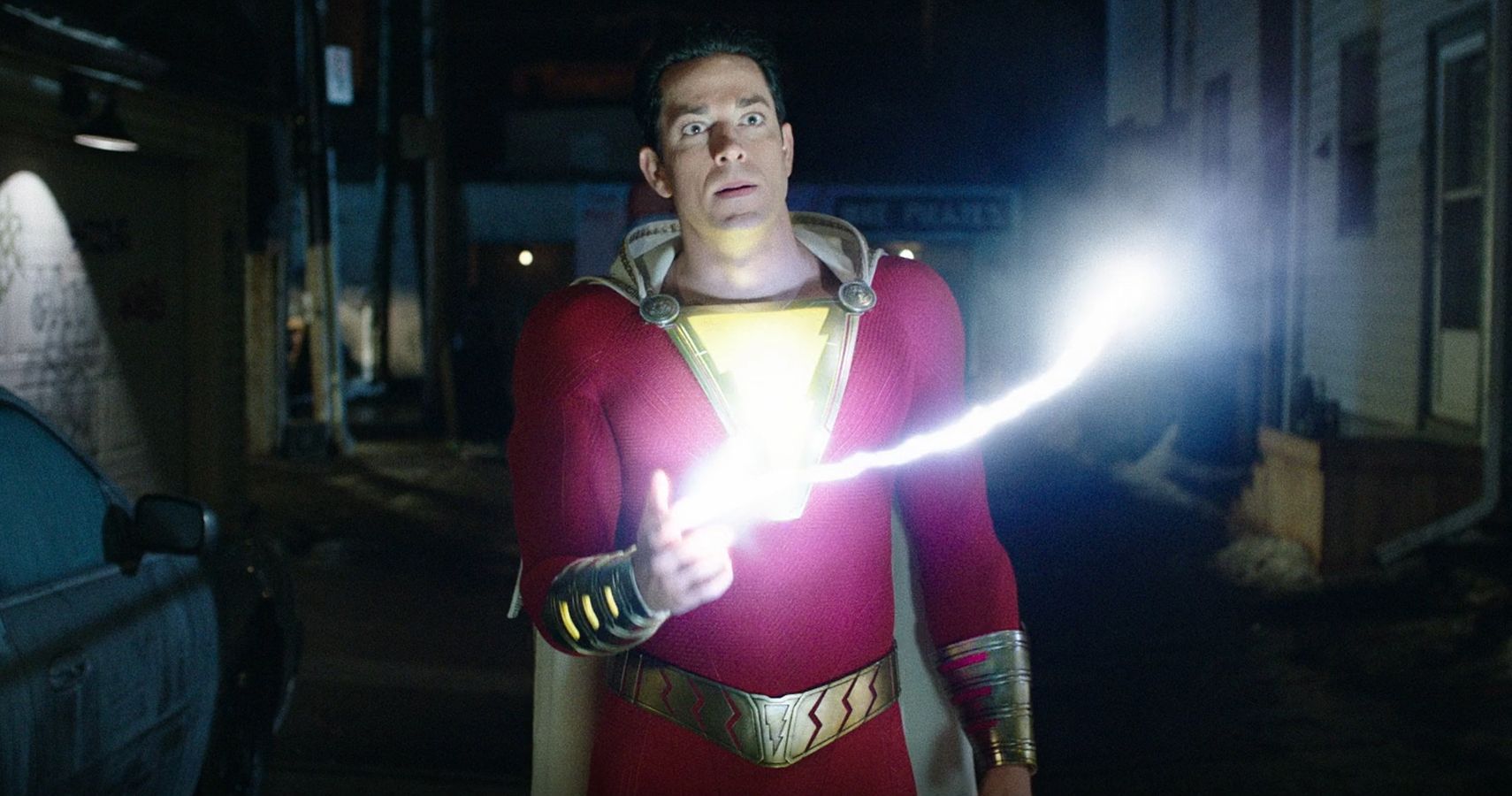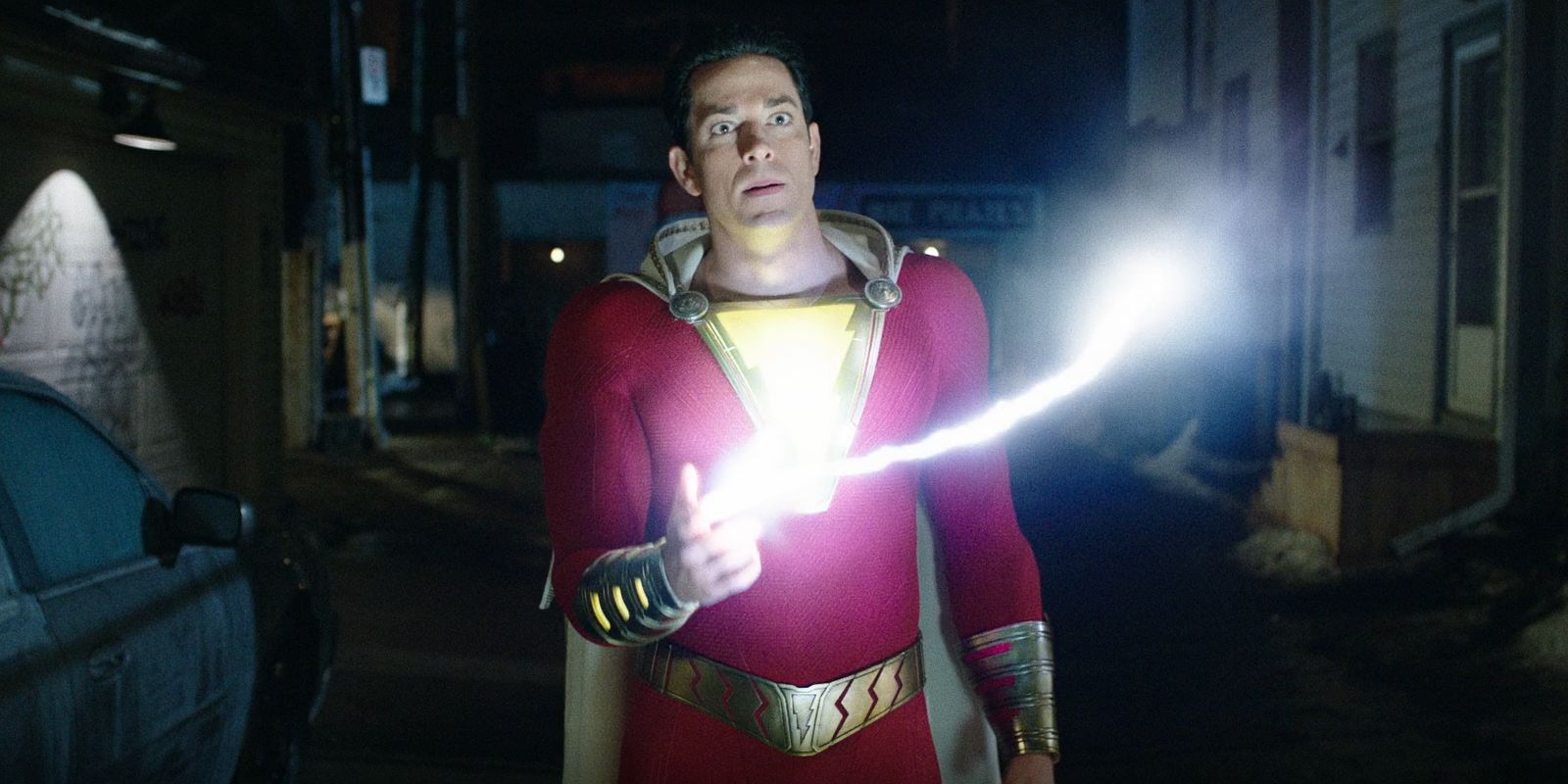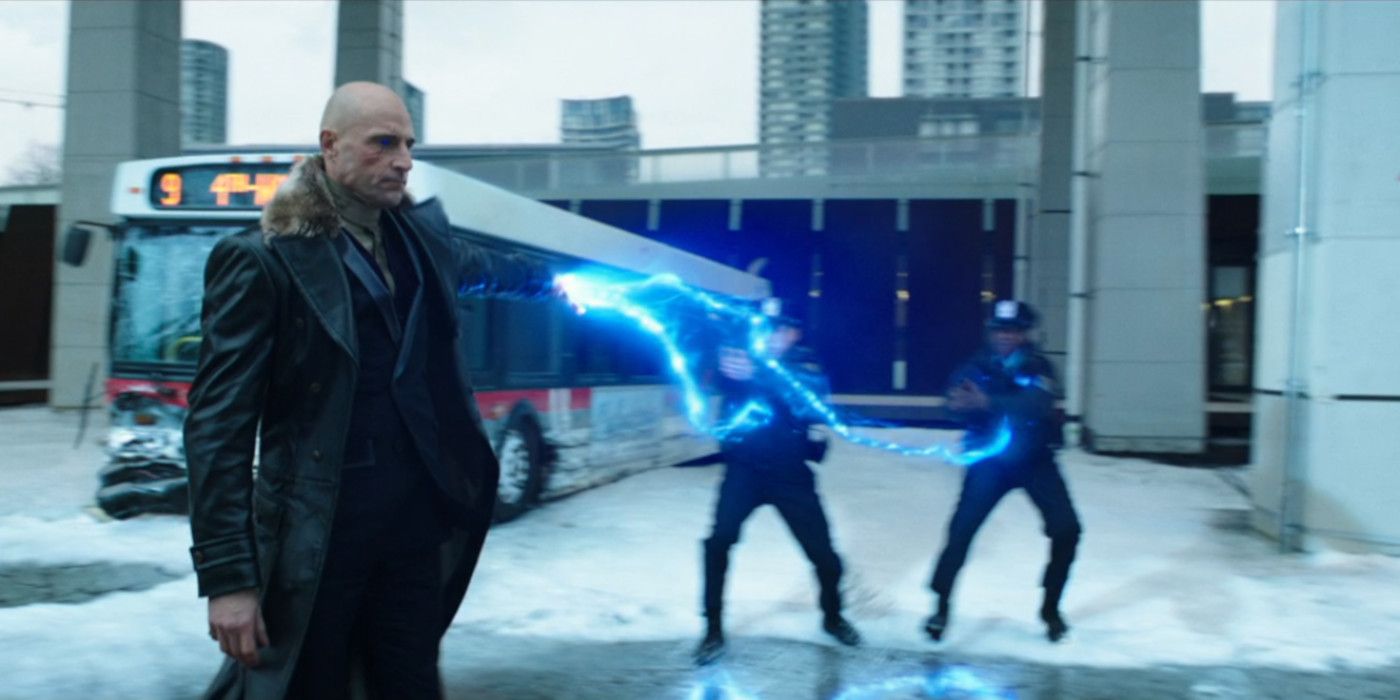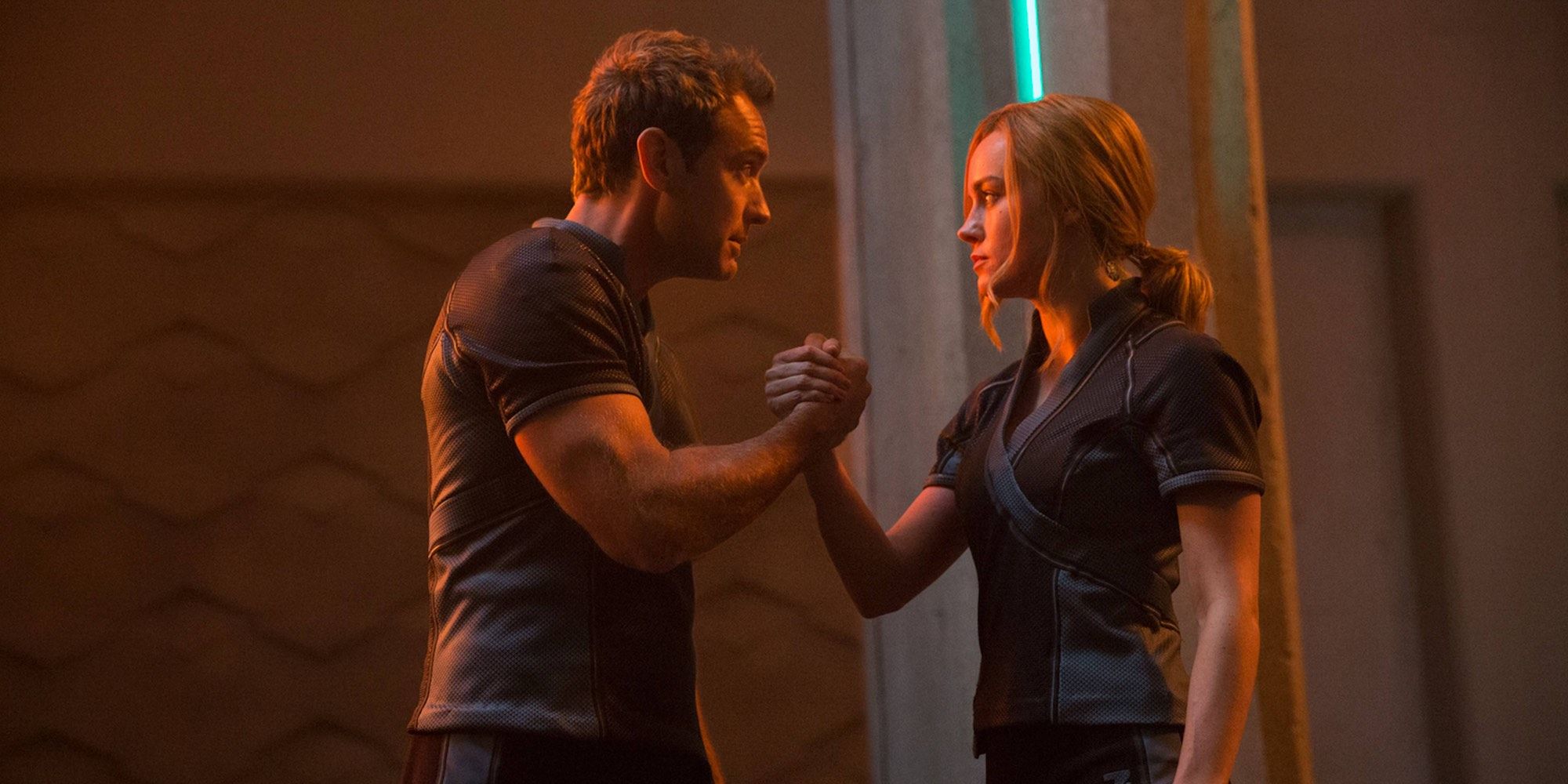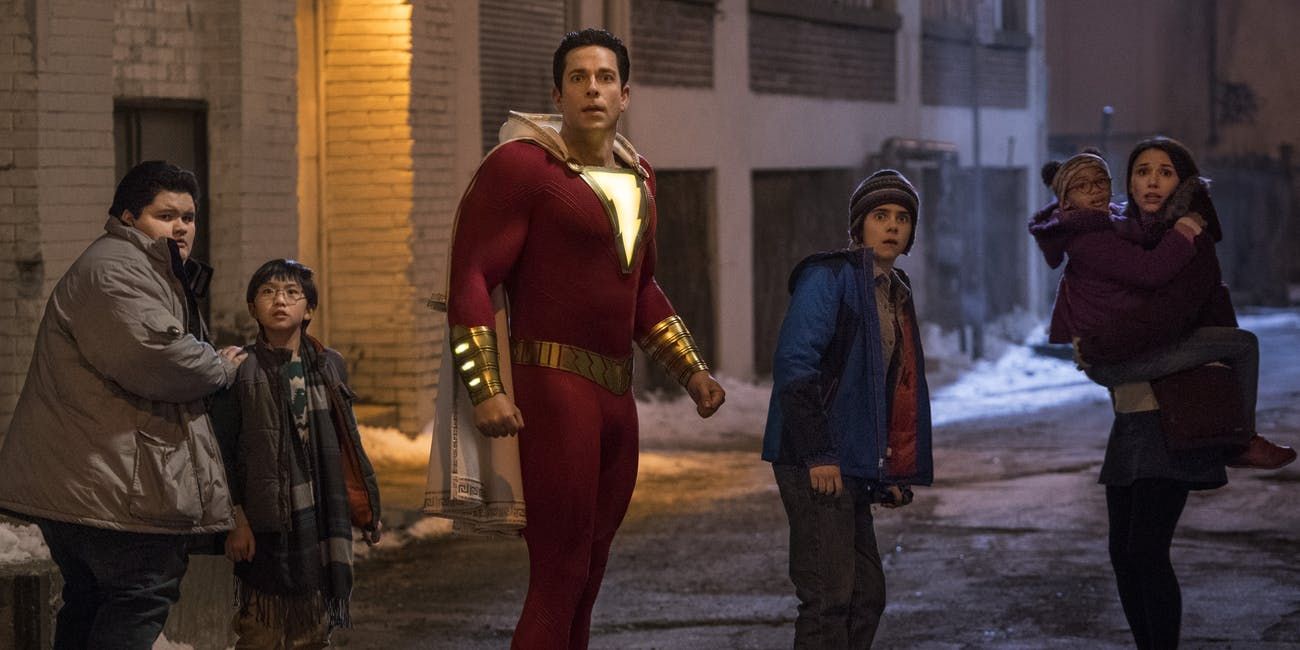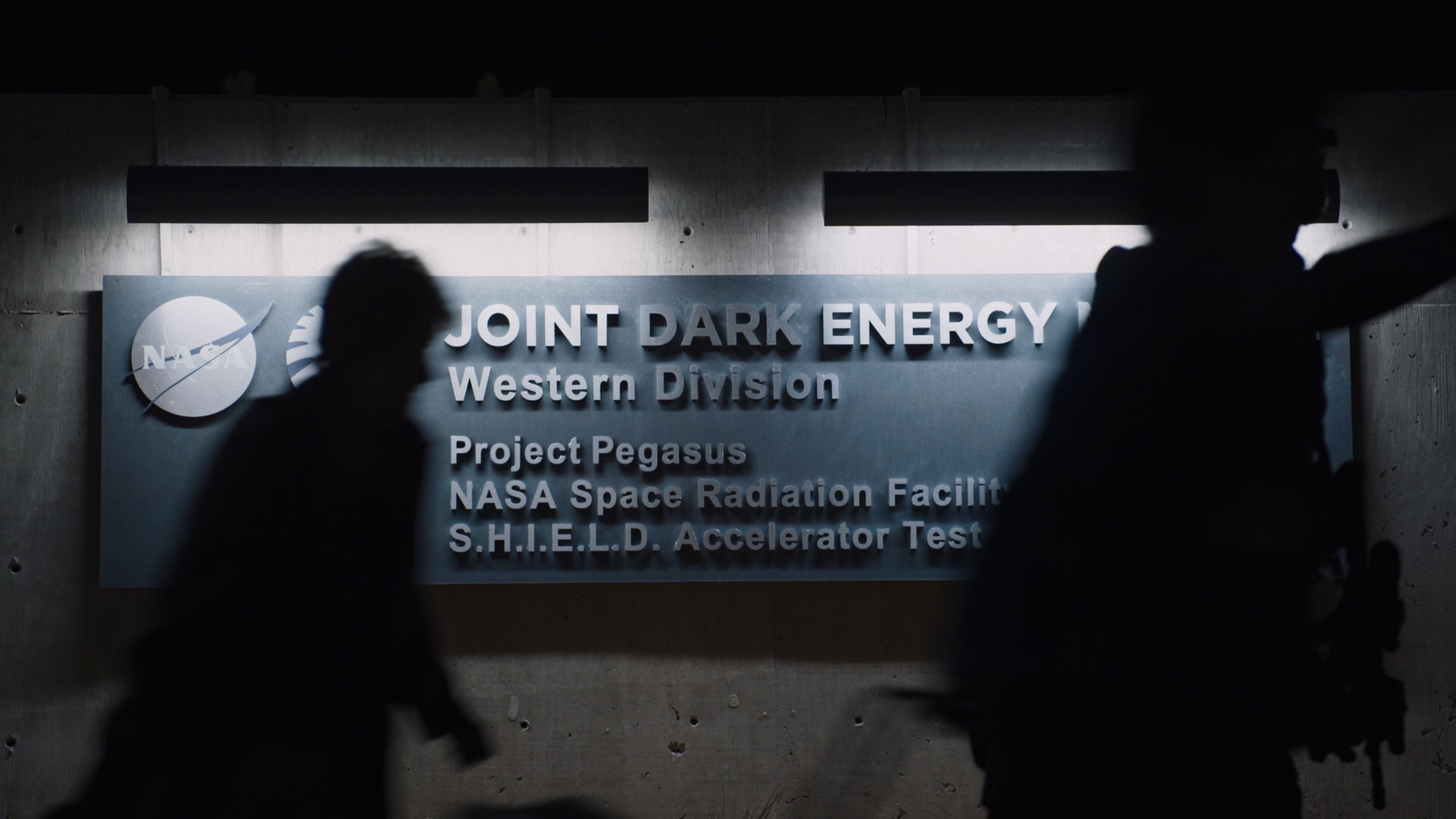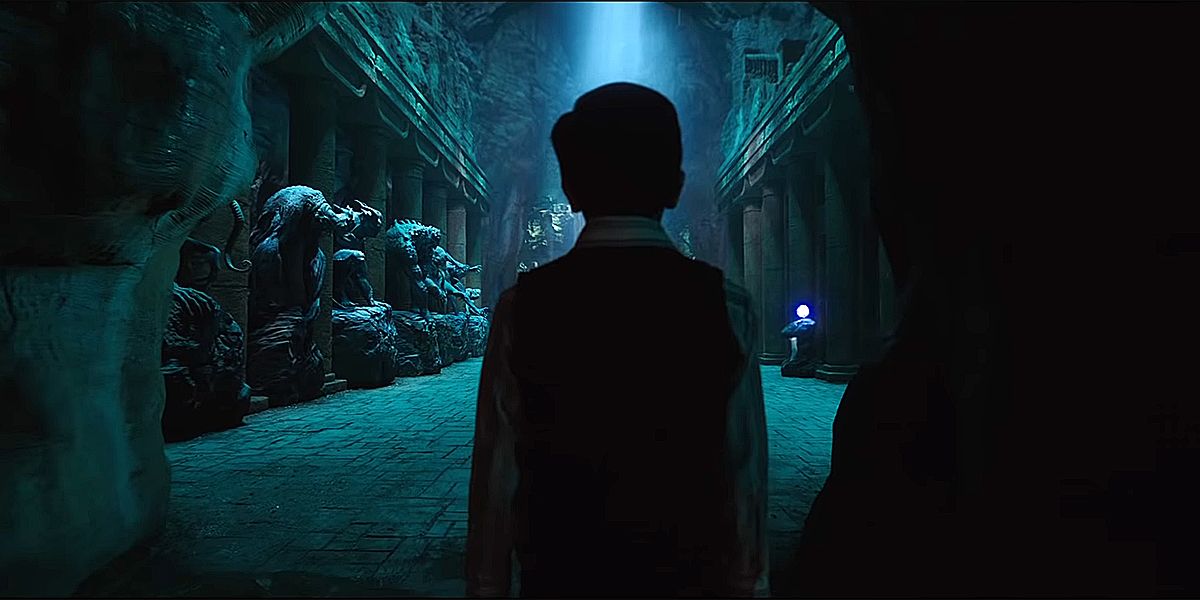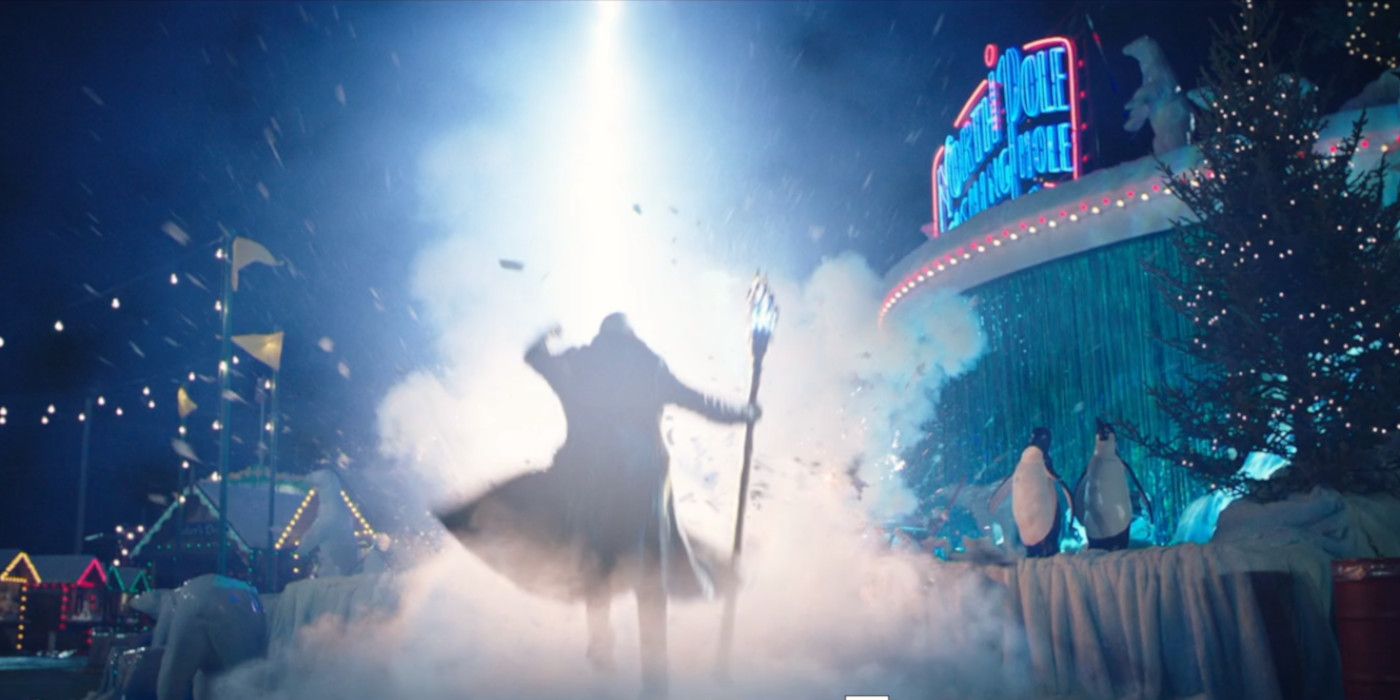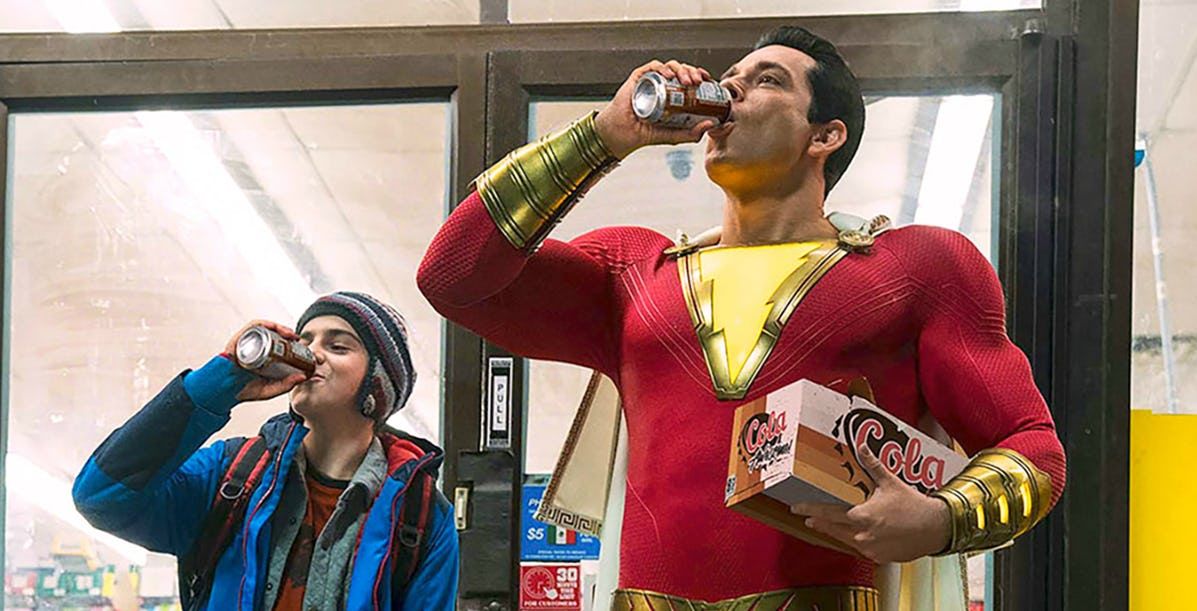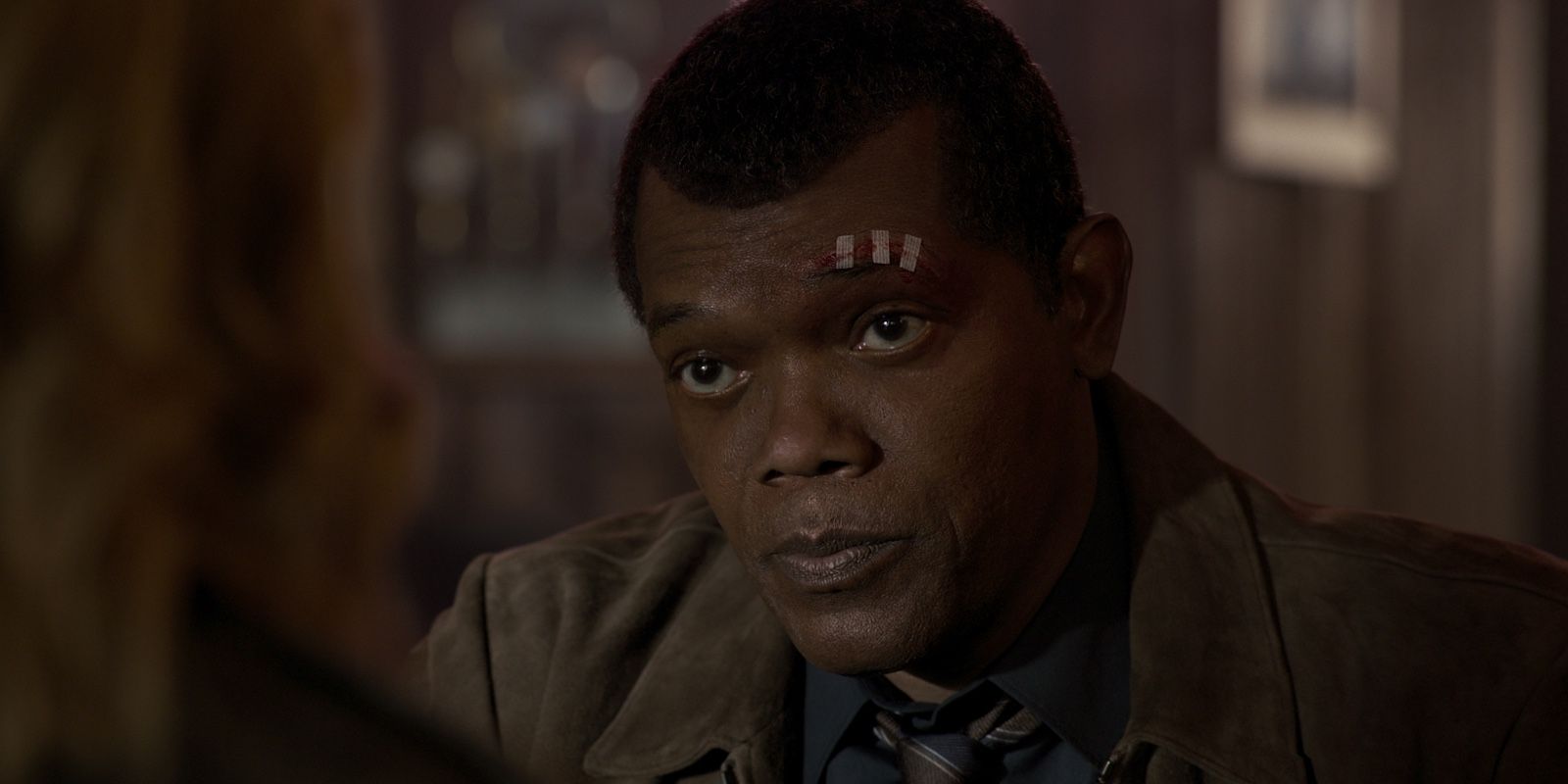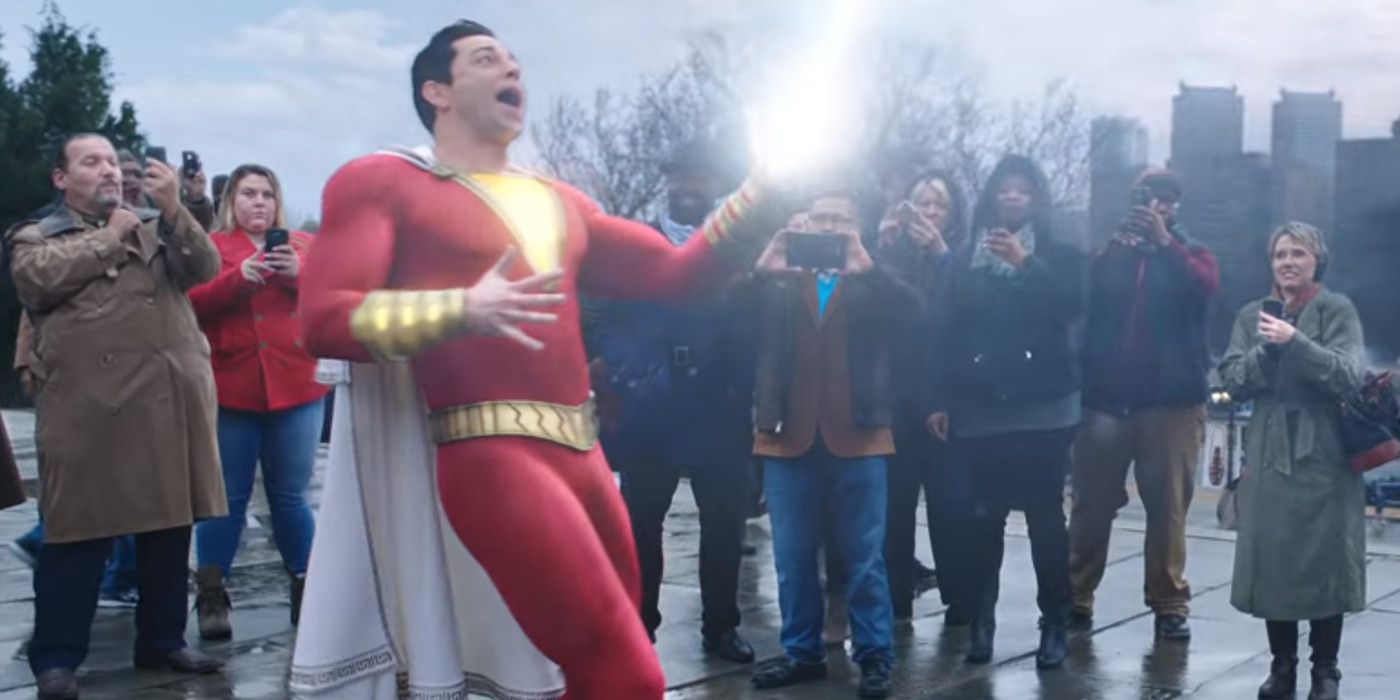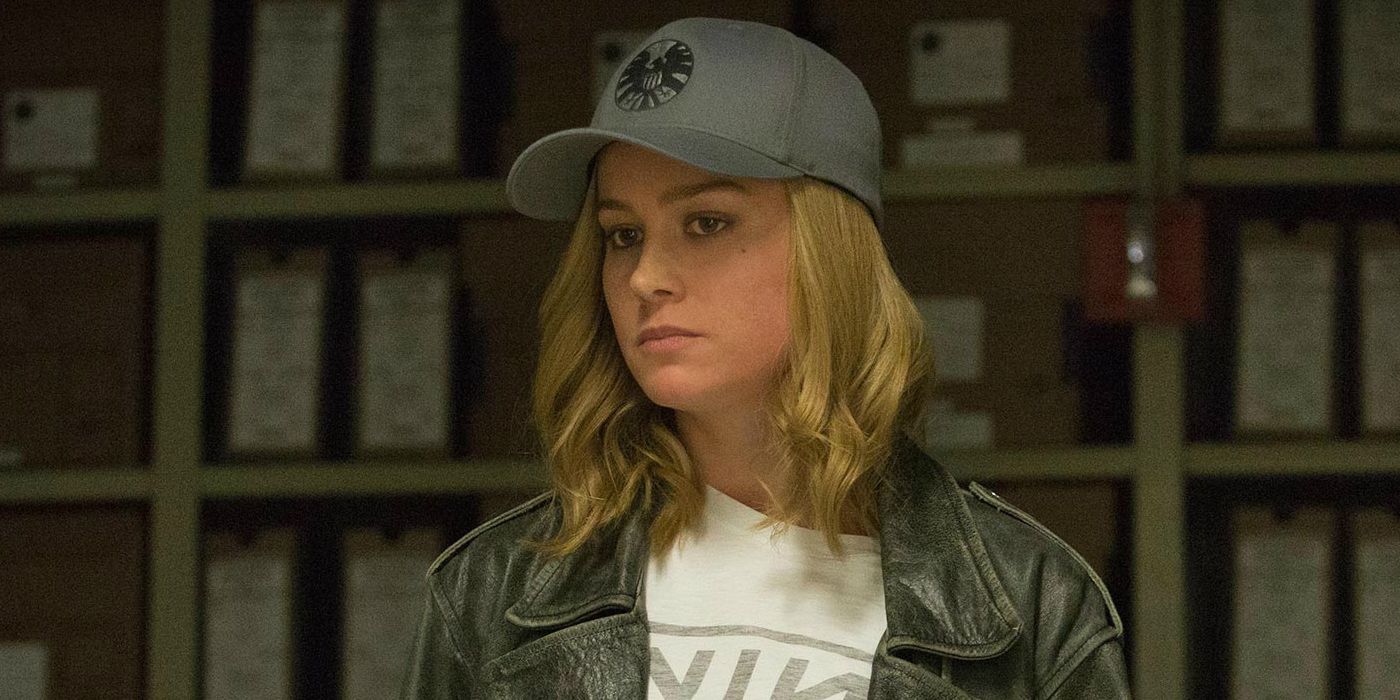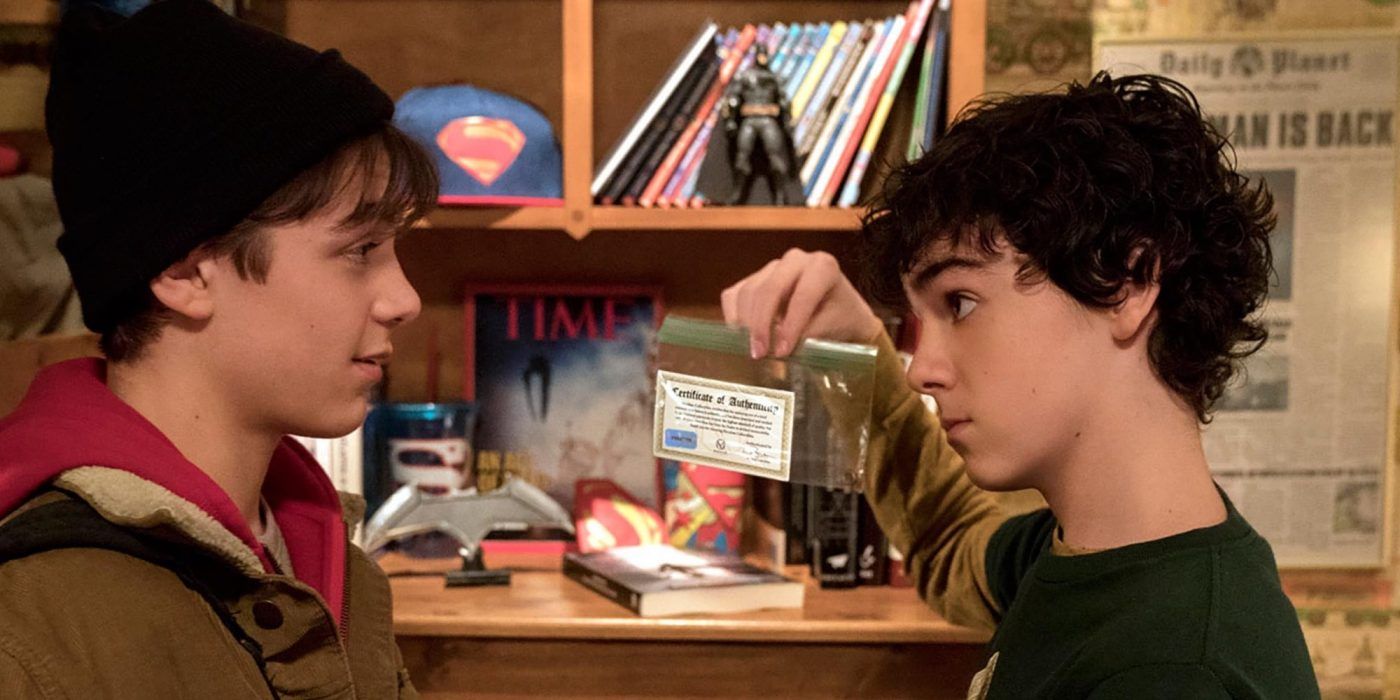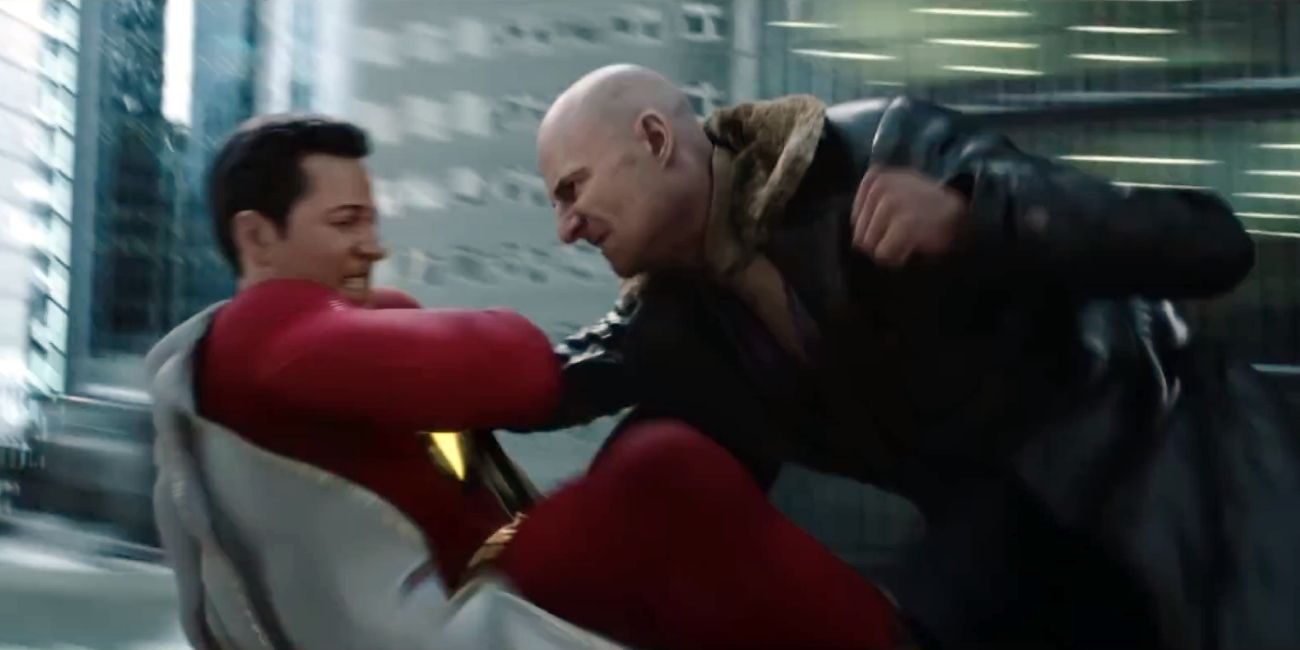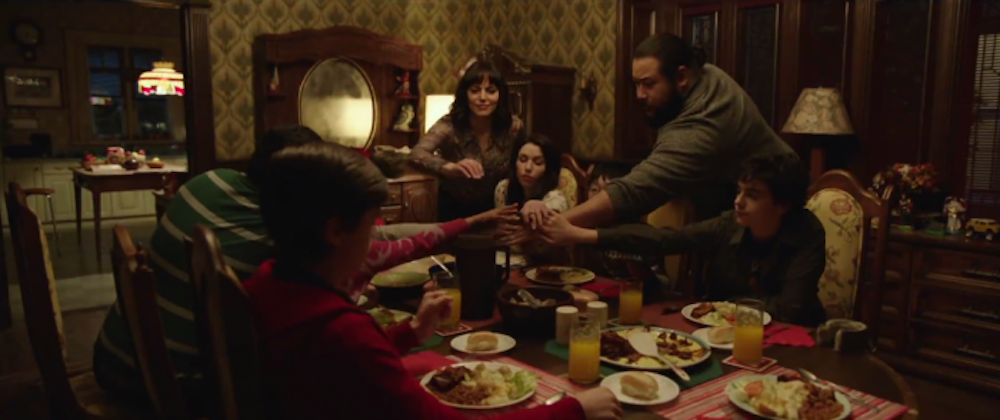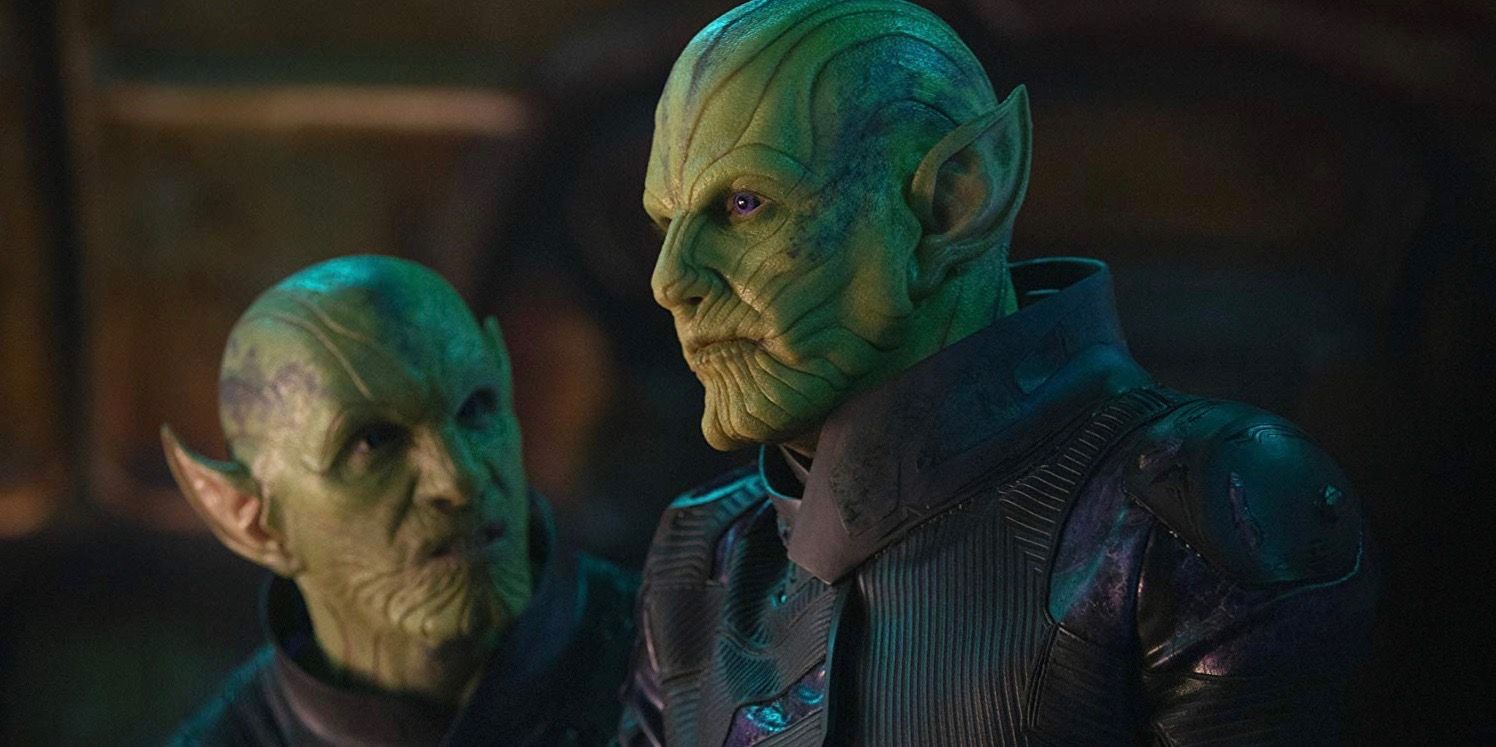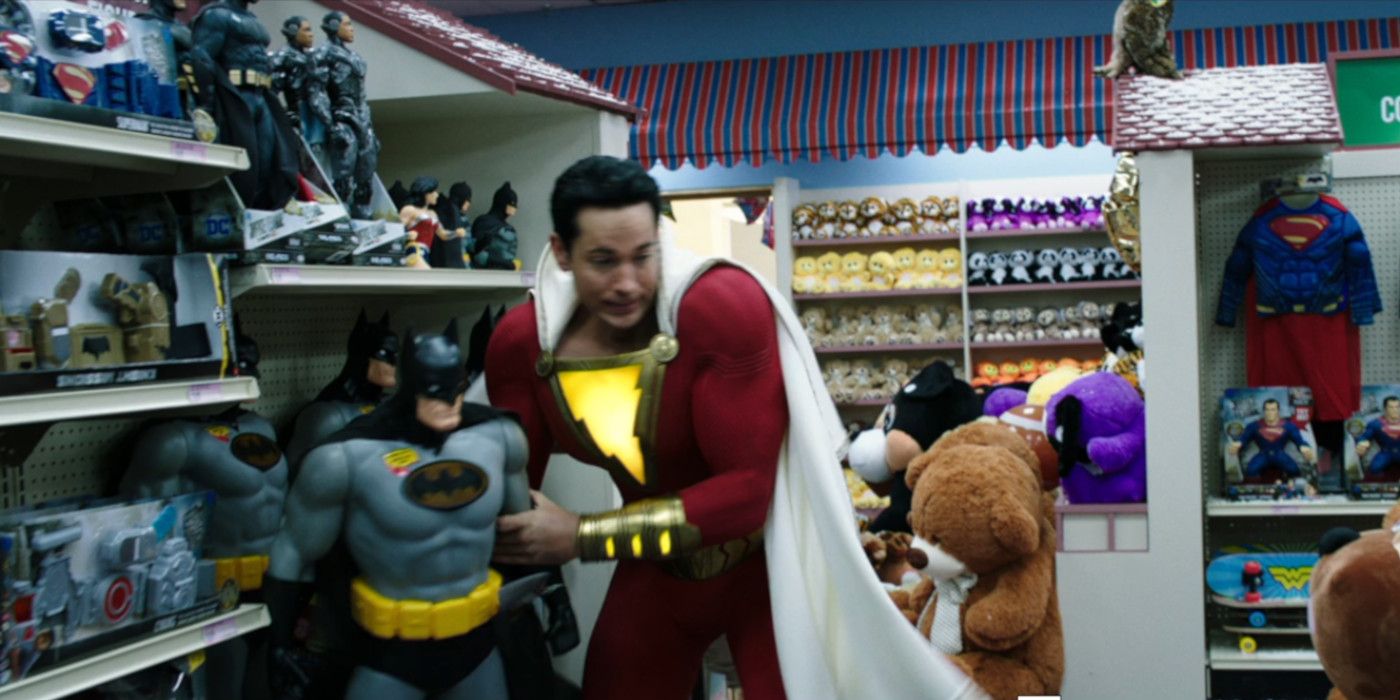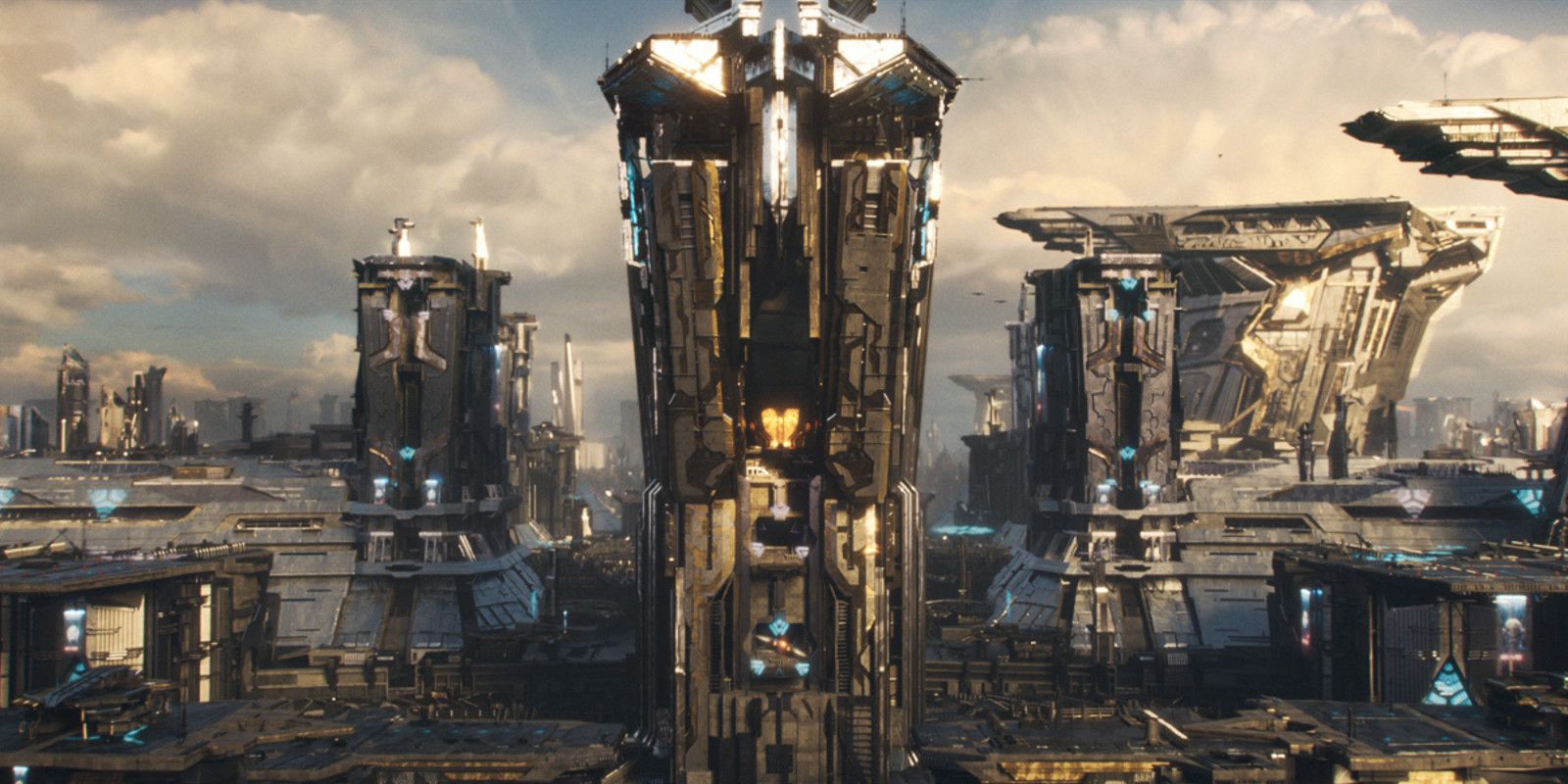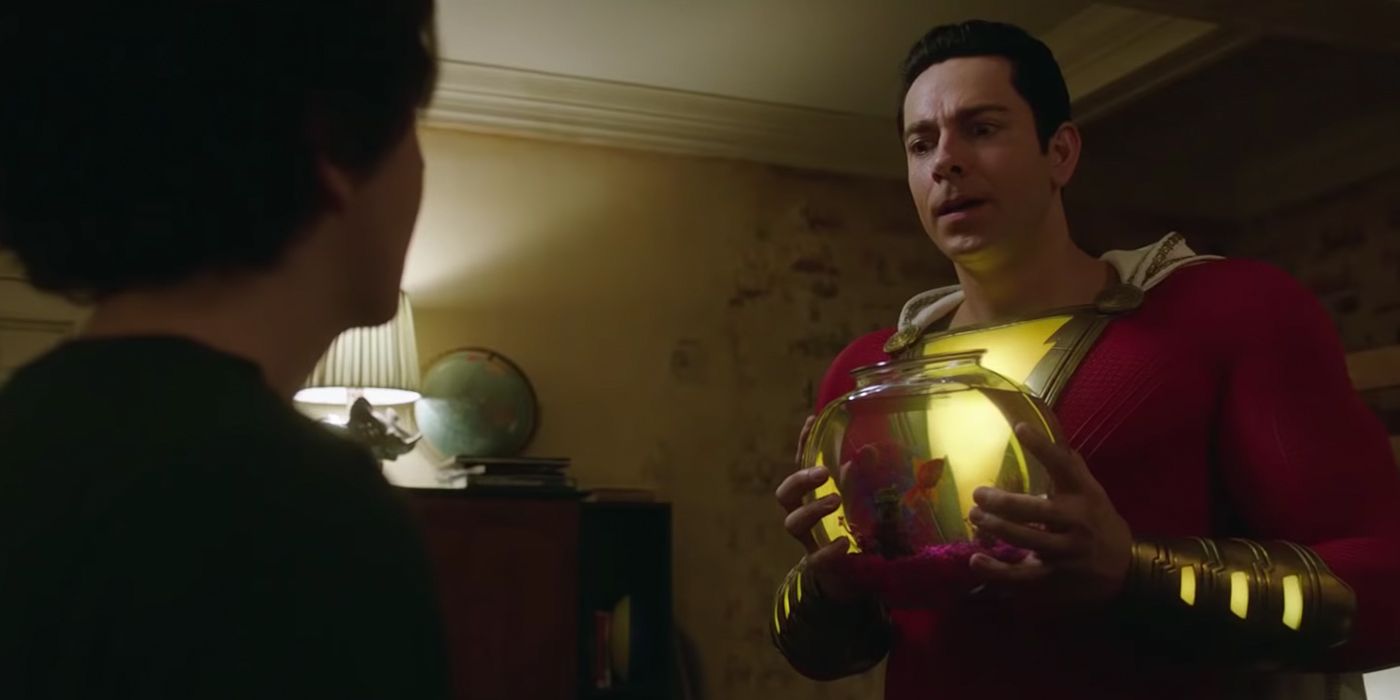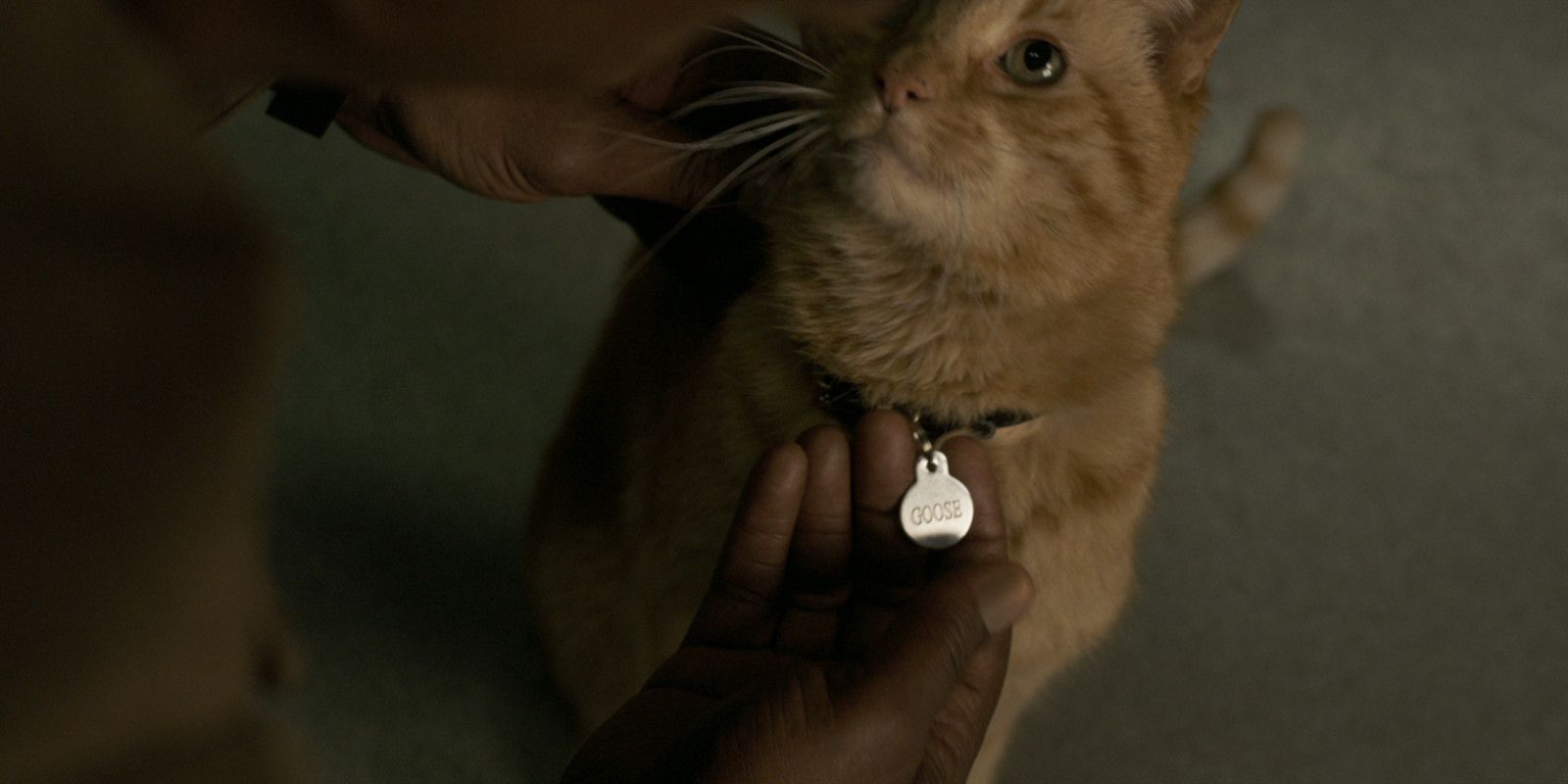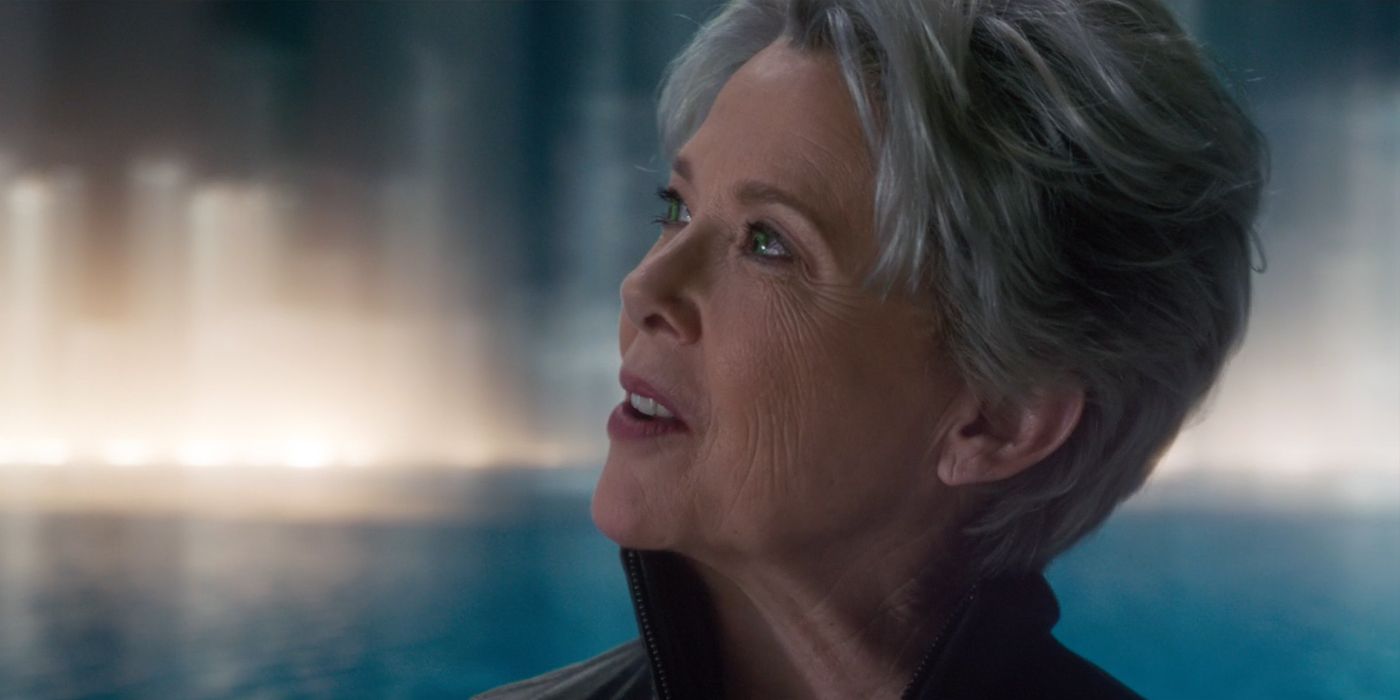Let's be clear: both Captain Marvel and Shazam! are good superhero movies well worth seeing. They're doing very different things within the same broad genre: Captain Marvel's a science fiction war story, Shazam!'s a fantasy-teen comedy hybrid. Pitting two such different films directly against each other would seem pointless and forced... but there's one small thing which will make everyone compare the two films. We're not talking about the competition between DC and Marvel, or even about rantings of the dedicated minority that decided to hate on Captain Marvel before even seeing it. We're talking about how they're both, in a sense, "Captain Marvel" movies. The nameless superhero at the center of Shazam! used to be called Captain Marvel, but a long legal saga found Marvel Comics claiming the "Captain Marvel" trademark and the ex-Fawcett/now-DC-owned hero being marketed as "Shazam" (his official name now in the comics).
Naturally, people will ask which "Captain Marvel" movie is better? If you're looking for a general and subjective opinion, we'd say that Shazam is overall better at what it's trying to accomplish than Captain Marvel is at achieving its goals. Shazam! is far and away the best DCEU film (yes, even better than Wonder Woman), while Captain Marvel is middle of the pack for the MCU. However, there are still some advantages Captain Marvel has over Shazam!, as well as exceptional qualities they both share. This list shall delve in-depth on what makes these two very different "Captain Marvel" films stand out.
SPOILER WARNING for both Captain Marvel and Shazam.
Shazam Wins: More Developed Hero
Brie Larson makes a good Carol Danvers, and we look forward to seeing more of Carol in future MCU films. The issue with Captain Marvel is that we barely get to know the true Carol Danvers. We see a lot of Vers, the Kree super-soldier she's brainwashed into becoming, but barely get a sense of who she really is as a person.
Shazam! works as well as it does because from the get-go, it makes viewers understand and care about Billy Batson. We see his strengths and his deep flaws. We know where he's coming from and the conflicts between what he wants and what he truly needs.
Shazam Wins: More Sympathetic Villain
Not all villains need to be sympathetic, and the decidedly unsympathetic Yon-Rogg serves his purpose in the plot of Captain Marvel. That said, a sympathetic dimension often makes villains more interesting, and such is the case with Dr. Sivana in Shazam!
The very first scene of the movie sets up his motivations: he grew up in an abusive household, and he feels the wizard Shazam robbed him of his opportunity to be a hero. The scene where he unleashes the Sin of Greed to take out his father in cold blood demonstrates his ruthlessness as a villain, but it's still understandable how he targets that ruthlessness.
Captain Marvel Wins: Stronger Conflict
On their own, both the hero and the villain of Shazam are better developed than those in Captain Marvel. When it comes to compelling reasons for the hero and villain to fight, however, Captain Marvel has the advantage. This isn't to say Shazam's conflict is bad; Sivana has reason to target Billy and Billy's journey to prove himself as a superhero doesn't demand he have any sort of deep connection to the super-villains he fights.
However, the fact Yon-Rogg was Carol's mentor and manipulator adds drama and thematic weight to their conflict. Carol's victory is not just a hero defeating a villain, but someone the victory of someone who's been demeaned and devalued rising up above those who put her down.
Shazam Wins: Supporting Cast
Quick, describe any character trait for any members of the Star Force aside from Vers and Yon-Rogg. No, "appears in Guardians of the Galaxy" isn't a character trait. That's one large swath of Captain Marvel's supporting cast that's wasted. Now, do the same for Billy's foster family. Much easier to describe them, right?
That's not exactly a one-to-one comparison, comparing a team of bad guys to a team of good guys, but still, Shazam! manages to give minor characters more weight and personality than those Captain Marvel does overall. We like Nick Fury and Maria Rambeau and Talos in Captain Marvel, but even Fury, the film's main "sidekick," doesn't get the depth or emotional journey of Billy's "sidekick" Freddy.
Captain Marvel Wins: Universe Building
Captain Marvel has a bit of an unfair advantage in this category by virtue of already existing in a universe that's actually coherent. Marvel Studios has long known how to connect wildly different stories in ways that enhance one another, whereas Warner Bros. plans for the DCEU have now more or less settled on not having a plan at all.
Shazam! theoretically takes place in the same universe as past DC movies, but we'd be shocked if anything introduced there reappears in anything other than future Shazam! movies. Captain Marvel, in contrast, not only sets up for Endgame, but develops a history for the Kree Empire, the Tesseract/Space Stone, Nick Fury, and the Avengers Initiative itself.
Shazam Wins: Story Structure
Simple, straightforward storytelling, when done well, works for a reason. Henry Gayden's screenplay for Shazam! isn't doing any major experiments with formula, but executes all its story beats properly. It tells you everything you need to about its characters to get invested in them and traces their evolution linearly.
Captain Marvel's screenplay, by Ana Boden, Ryan Fleck, and Geneva Robertson-Dworet, is a bit more ambitious and experimental but not quite as perfectly successful. Captain Marvel consciously avoids trying to be an "origin story" movie, piecing together Carol Danvers' past non-linearly through flashbacks, which hits hard when we finally find out the full story but. until then. doesn't form the same emotional connection.
Both Equal: Awesome Climaxes
While we put Shazam! ahead of Captain Marvel when it comes to action scenes as a whole, both movies pull out all the stops when it comes to their big climaxes. Captain Marvel's third act could be improved if the Star Force was better developed, but it still impresses with an exciting rescue, the awe-inspiring unleashing of Carol's full abilities, and Goose eating the Tesseract.
Shazam!'s climax, meanwhile, joins the ranks of the great Christmas-themed action set pieces, and illustrates the film's themes of family in the most entertaining possible way. Both Captain Marvel and Shazam! know how to get an audience cheering in the end.
Shazam Wins: Humor
Being a comedy, humor is naturally more important for Shazam! than it is for the more serious-minded space opera of Captain Marvel. Captain Marvel does have some decent comic relief, but the funny parts of Captain Marvel just don't hold a candle to the big laughs in Shazam!
The performances are key to the films' jokes landing. Zachary Levi is hilarious as an overgrown teenager faking and mostly failing at behaving like a functional adult. Major props also go to Jack Dylan Grazer, who's able to play Freddie as amusingly obnoxious without crossing over into being actually annoying to watch.
Captain Marvel Wins: Innovative Effects
As a whole, neither Shazam! nor Captain Marvel will blow you away with their CGI effects work. Shazam! might actually be more consistent quality-wise, but both films have their fair share of plastic-y CGI body doubles in action scenes. While the low points in Captain Marvel's effects work are lower, however, it also has a groundbreaking high point Shazam! can't match: the de-aging work on Samuel L. Jackson as Nick Fury.
The digital de-aging on SLJ is so exceptional that you never even think you're watching a partially-CGI performance (Clark Gregg as Phil Coulson looks a bit more fake in parts, though not distractingly so.) Captain Marvel of course had a much larger budget than Shazam! to pull off such stunning work.
Shazam Wins: Varied Tone
You know from the coming attractions that Shazam! is going to be funny. What you wouldn't know is that Shazam is able to swing from being funny to being shockingly serious and even sad. It's got scenes of fooling around with superpowers, but it's also willing to bring you to tears. Even the fantasy stuff isn't all laughs: director David S. Sandberg puts his horror background to work for some shockingly scary-for-a-family-movie moments.
Captain Marvel's tone is what you'd expect from a middle-of-the-road Marvel movie. It gets a little weird but not too weird, a little dark but not too dark, a little silly but not too silly. Shazam! swings bigger in all directions and is more memorable for it.
Captain Marvel Wins: Musical Selections
Shazam! has maybe two and a half memorable music cues. There's the excellent power-testing montage set to Queen's "Don't Stop Me Now," a brief amusing cover of Survivor's "Eye of the Tiger" and, if you're counting credits songs, there's The Ramones' "I Don't Want to Grow Up."
Captain Marvel's soundtrack is a much bigger deal for the film's atmosphere, contributing a lot to the film's '90s setting. Even if you don't love how every track is used (the fight scene set to No Doubt's "Just a Girl" has proven controversial), there's a lot more to remember. The surreal usage of Nirvana's "Come As You Are" is the best stand-out on a great playlist.
Both Equal: Genuine Emotional Core
For all the different qualities the films possess, whether you love Shazam! or Captain Marvel more will likely depend on which film's story you to relate to more. If your big personal struggles have been based in repression or gaslighting, Captain Marvel will likely speak to you. If you connect more to stories of seeking acceptance and familial belonging, Shazam! will be more powerful.
Regardless of which film moves you more, it's clear both of them come from genuine places, and both films are moving many. They understand the role of superhero stories as power fantasies that can be truly inspiring and empowering to those who find themselves lacking power.
Shazam Wins: Memorable Action Scenes
This is one of the closer categories to call, as both Shazam! and Captain Marvel have some really entertaining action scenes that show off the heroes' powers. Shazam!, however, has a big advantage to its action scenes that make them more memorable: a real sense of chaos.
Captain Marvel's initial Kree vs. Skrull battles get some unpredictability in through the Skrulls' shape-shifting, and the final battle stuns by showing off just how powerful Captain Marvel is. In Shazam!'s fight scenes, however, there's both more humor and more suspense because of the real sense that the hero can and will mess up.
Shazam Wins: Faces Real World Issues Directly
One of the most impressive qualities of Shazam! is that for all its escapist fantasy qualities, it's perhaps the most "real"-feeling superhero movie in some time. As such, the ways it touches on serious issues is a lot more direct and hard-hitting than other films in the genre. Absent and abusive parents, foster care, poverty, bullying, and ableism are presented in honest, matter-of-fact ways.
Most superhero movies try to deal with big issues in one way or another, and Captain Marvel is no exception. Usually, however, it's more abstracted, more allegorical, less visceral than the way Shazam! approaches such issues.
Captain Marvel Wins: Political Allegory
Of course, there's nothing wrong with dealing with big issues through an allegorical lens, and by doing so, Captain Marvel is able to get away with being more political in its messaging than Shazam!, which is more focused on how individuals personally deal with problems rather than a broader systemic look at the problems themselves.
The Kree-Skrull conflict in Captain Marvel doesn't connect directly to any specific real-world ethnic or national conflict, but it offers a lens through which to look at many such conflicts.
Shazam Wins: Stands Out From Other Superhero Movies
Aside from the significance of having a female protagonist, Captain Marvel isn't that different from other films in the MCU. It's a little bit Thor with its fish-out-of-water protagonist traveling between worlds, a little bit Captain America with the "support the troops" aspects, a little bit Guardians with the space opera and pop music.
Shazam! easily distinguishes itself not only from the rest of the DCEU, but from all other superhero movies being made today. That's due to the aforementioned tonal risks and combination of the fantastic and the down-to-Earth, as well as its protagonist and target audience. More than other superhero films, it remembers the original magic of the genre was in being able to empower kids.
Captain Marvel Wins: Larger In Scope
That Shazam! is a relatively small-scale story isn't a fault, but at times you wish for opportunities to go further in exploring its universe. The doors scene alone opens so many possibilities the film can't afford to explore. Oh well, maybe we get more wild stuff in the sequel.
Captain Marvel has an advantage being the 21st entry in the MCU and being able to play off the world-building in previous films for more than just the jokes Shazam! primarily uses the DCEU for. Dealing in well-realized alien worlds built up by previous films but developed more here, Captain Marvel is able to feel truly epic.
Shazam Wins: Ending/Credits
Yeah, the final pre-credits shot of Shazam! is kind of a troll, and fans might wish they actually got Henry Cavill for that cameo. Even so, it's a hilarious troll and a great ending. This leads into a wonderful animated credits sequence set to The Ramones' "I Don't Want to Grow Up." Similar to Spider-Man: Homecoming's credits? Yes, but awesome nonetheless.
Both Shazam! and Captain Marvel have a mid-credits scene serving as a tease for future movies and a post-credits scene that's there for laughs. The post-credits gags are about on the same level, but Shazam!'s mid-credits scene is far crazier than the more predictable one in Captain Marvel.
Captain Marvel Wins: Has A Cat
OK, Goose technically isn't a cat and instead is a flerken, but whatever, it looks like a cat, we'll call it a cat. Everyone loves Goose, who is totally going to be the one who defeats Thanos in Endgame. Shazam! does not have an awesome cat-like creature like Goose, which is a shame because the comics actually do have such a character.
Tawky Tawny is an anthropomorphic tiger who's Shazam's best friend in the comics. The movie sort of references Tawky in that the movie's Billy Batson does have a love of tigers, wanting a tiger toy at the carnival as a kid and having a tiger patch on his backpack. Any actual tigers, though, are absent. Maybe we get one in the sequel?
Both Equal: Great Twists
Credit's due where credit's due: the marketing teams for both Captain Marvel and Shazam! were smart about keeping secrets. Both movies have some major twists, and it was a delight to see those twists play out without being spoiled. Even if you knew the Star Force would turn out evil in Captain Marvel, the characterization of the Skrulls, as well as the use of Mar-Vell, was an unpredictable new take on the Marvel mythos.
Shazam! doesn't completely flip expectations like Captain Marvel's twists do, but the reveal of Billy's mom is exceptionally heartbreaking, and the moment in which his foster siblings become superheroes is the sort of "wow" moment we go to the movies opening night for.

